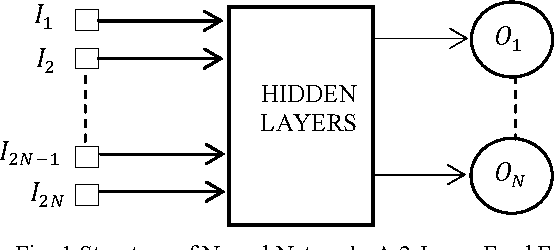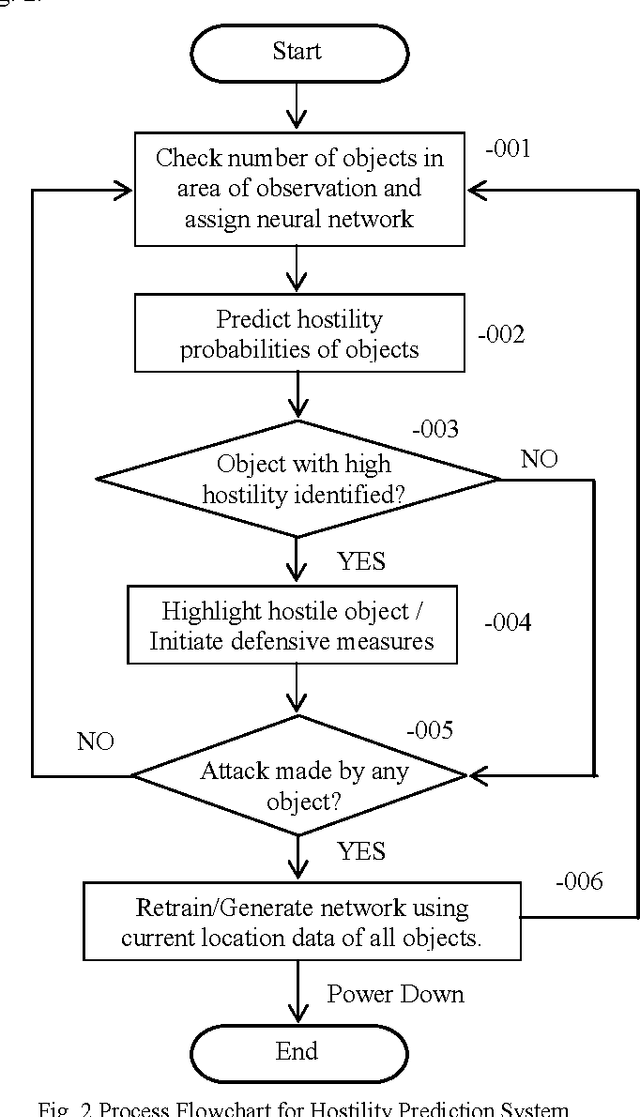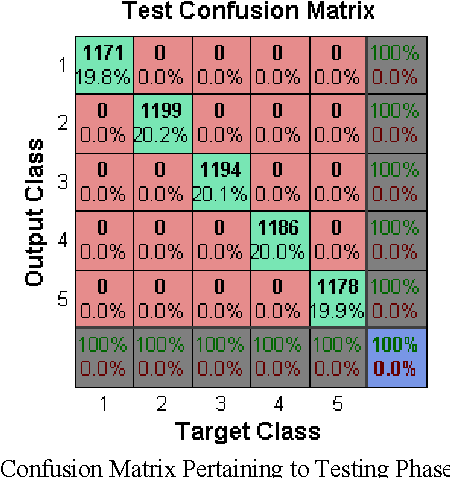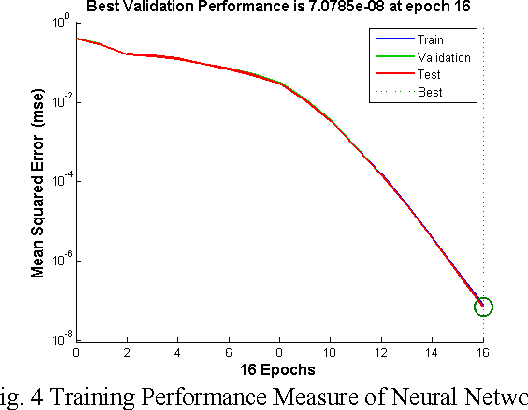Manisha J. Nene
Enhancements for Developing a Comprehensive AI Fairness Assessment Standard
Apr 10, 2025Abstract:As AI systems increasingly influence critical sectors like telecommunications, finance, healthcare, and public services, ensuring fairness in decision-making is essential to prevent biased or unjust outcomes that disproportionately affect vulnerable entities or result in adverse impacts. This need is particularly pressing as the industry approaches the 6G era, where AI will drive complex functions like autonomous network management and hyper-personalized services. The TEC Standard for Fairness Assessment and Rating of AI Systems provides guidelines for evaluating fairness in AI, focusing primarily on tabular data and supervised learning models. However, as AI applications diversify, this standard requires enhancement to strengthen its impact and broaden its applicability. This paper proposes an expansion of the TEC Standard to include fairness assessments for images, unstructured text, and generative AI, including large language models, ensuring a more comprehensive approach that keeps pace with evolving AI technologies. By incorporating these dimensions, the enhanced framework will promote responsible and trustworthy AI deployment across various sectors.
* 5 pages. Published in 2025 17th International Conference on COMmunication Systems and NETworks (COMSNETS). Access: https://ieeexplore.ieee.org/abstract/document/10885551
Standardised schema and taxonomy for AI incident databases in critical digital infrastructure
Jan 28, 2025Abstract:The rapid deployment of Artificial Intelligence (AI) in critical digital infrastructure introduces significant risks, necessitating a robust framework for systematically collecting AI incident data to prevent future incidents. Existing databases lack the granularity as well as the standardized structure required for consistent data collection and analysis, impeding effective incident management. This work proposes a standardized schema and taxonomy for AI incident databases, addressing these challenges by enabling detailed and structured documentation of AI incidents across sectors. Key contributions include developing a unified schema, introducing new fields such as incident severity, causes, and harms caused, and proposing a taxonomy for classifying AI incidents in critical digital infrastructure. The proposed solution facilitates more effective incident data collection and analysis, thus supporting evidence-based policymaking, enhancing industry safety measures, and promoting transparency. This work lays the foundation for a coordinated global response to AI incidents, ensuring trust, safety, and accountability in using AI across regions.
Hostile Intent Identification by Movement Pattern Analysis: Using Artificial Neural Networks
Jan 04, 2015



Abstract:In the recent years, the problem of identifying suspicious behavior has gained importance and identifying this behavior using computational systems and autonomous algorithms is highly desirable in a tactical scenario. So far, the solutions have been primarily manual which elicit human observation of entities to discern the hostility of the situation. To cater to this problem statement, a number of fully automated and partially automated solutions exist. But, these solutions lack the capability of learning from experiences and work in conjunction with human supervision which is extremely prone to error. In this paper, a generalized methodology to predict the hostility of a given object based on its movement patterns is proposed which has the ability to learn and is based upon the mechanism of humans of learning from experiences. The methodology so proposed has been implemented in a computer simulation. The results show that the posited methodology has the potential to be applied in real world tactical scenarios.
 Add to Chrome
Add to Chrome Add to Firefox
Add to Firefox Add to Edge
Add to Edge